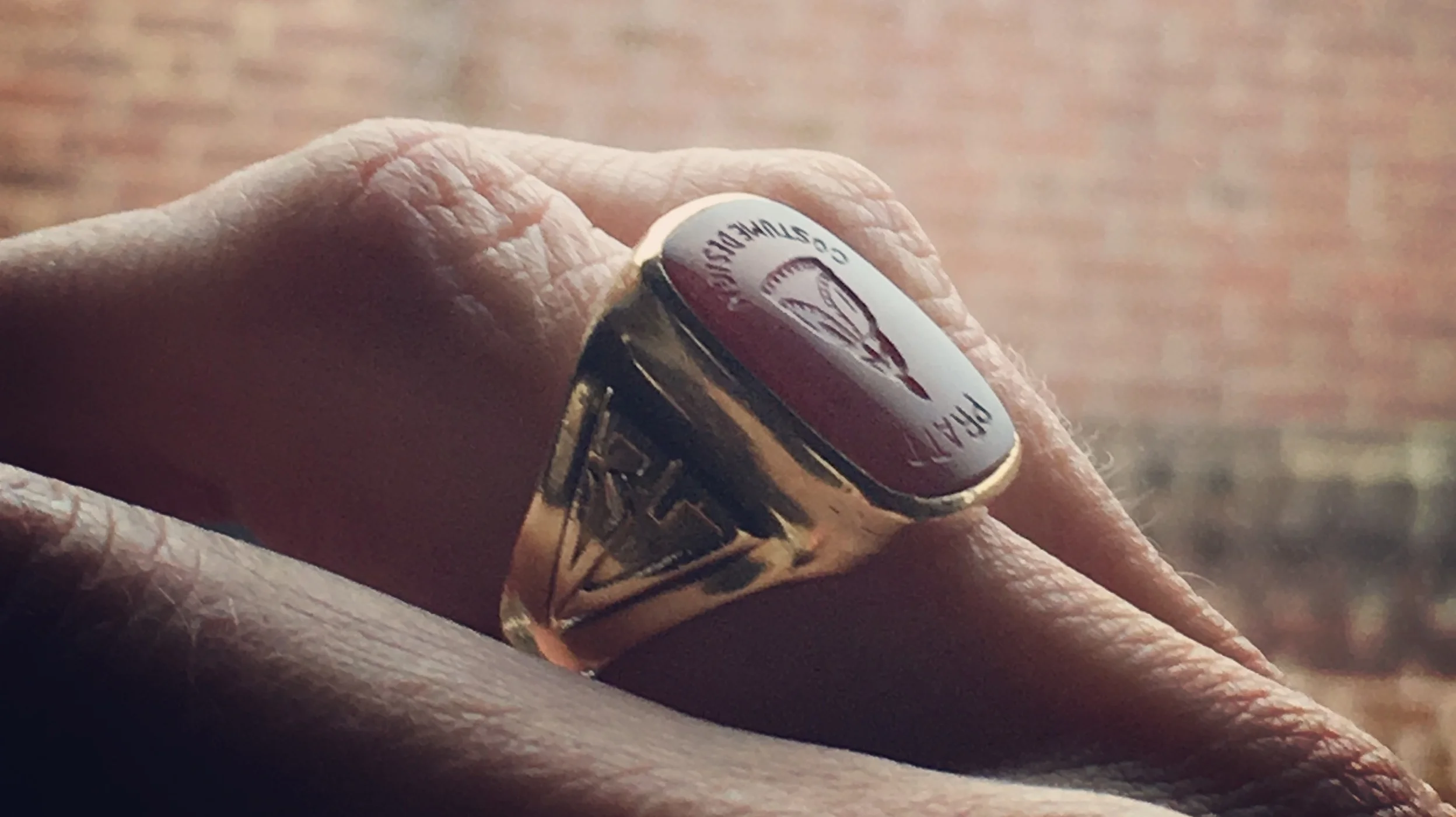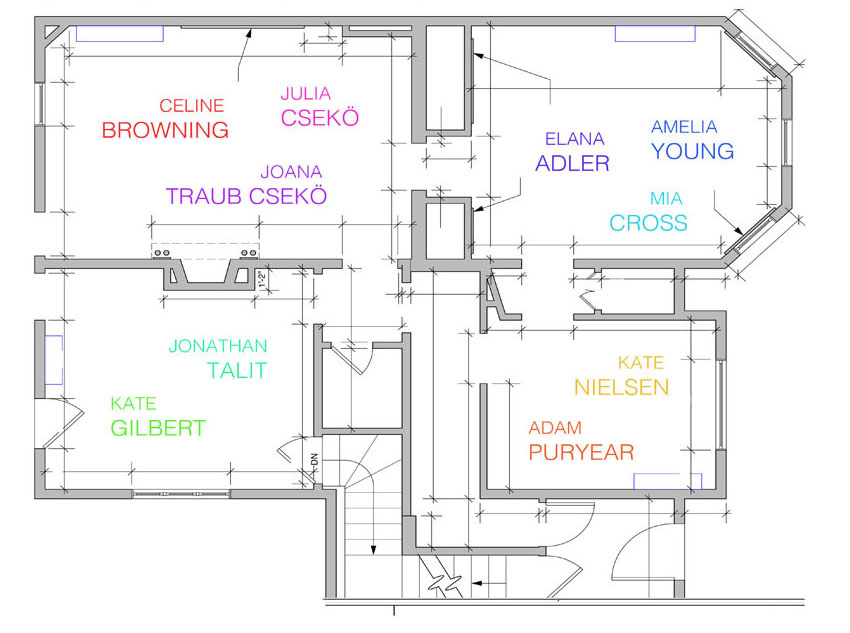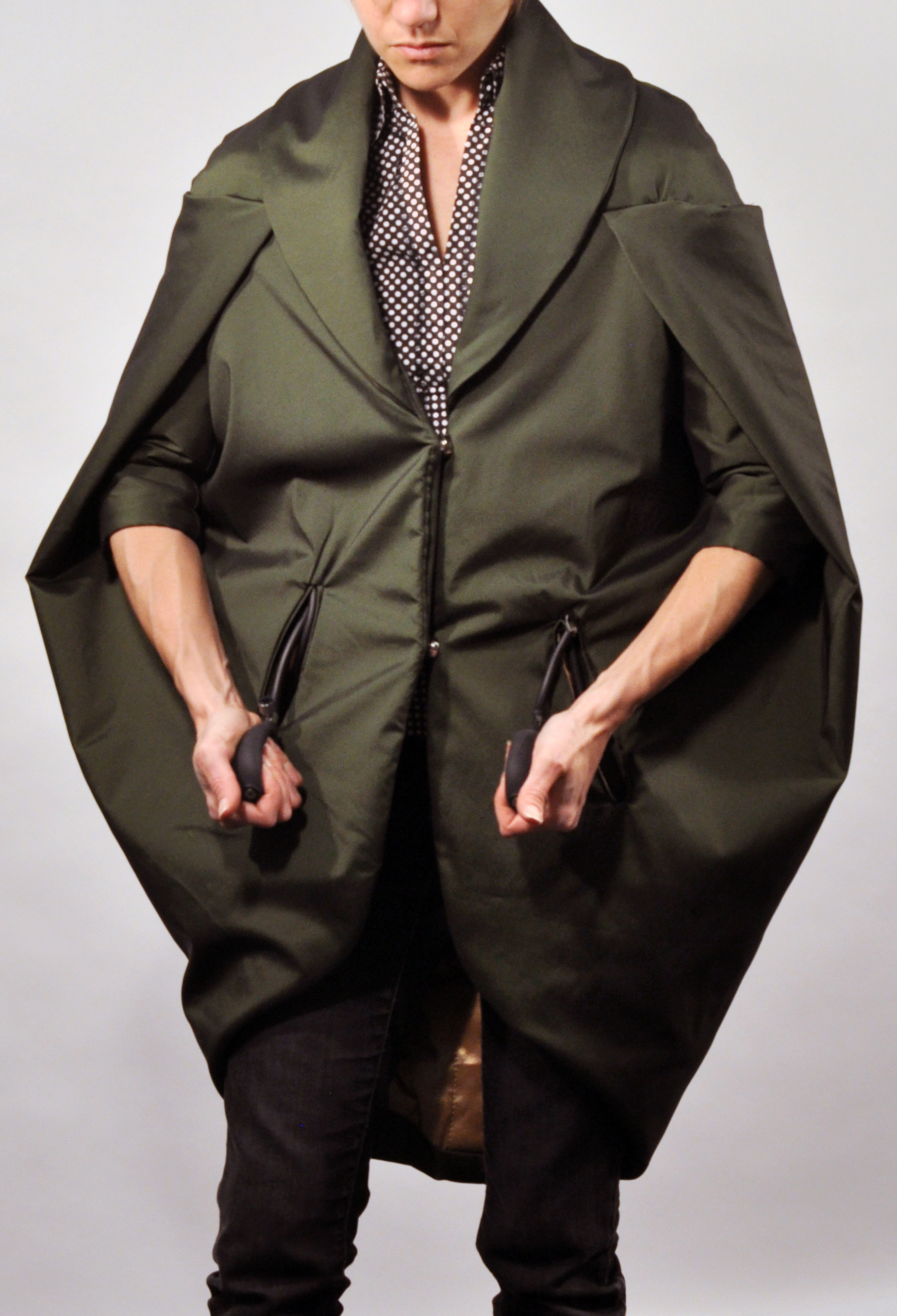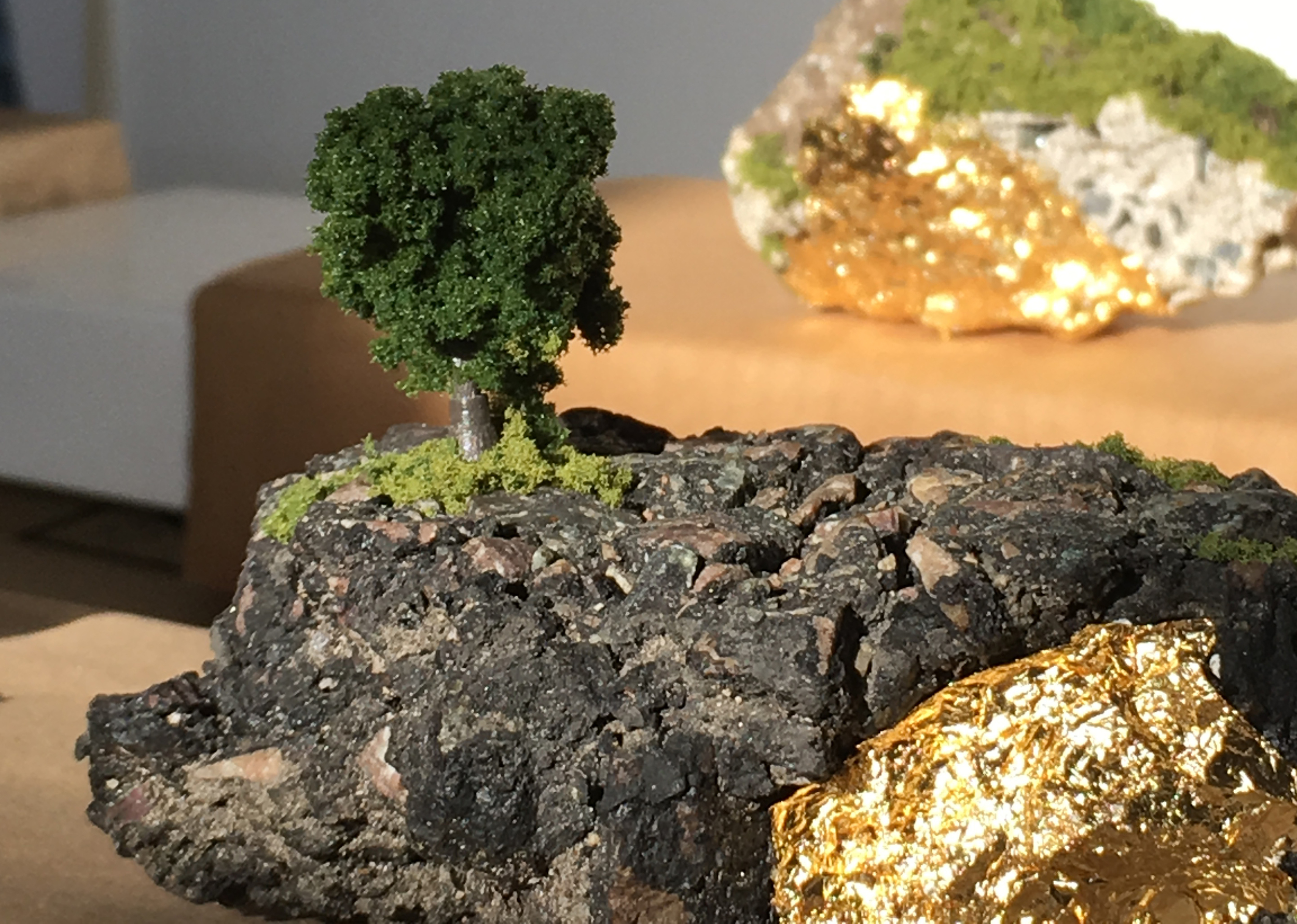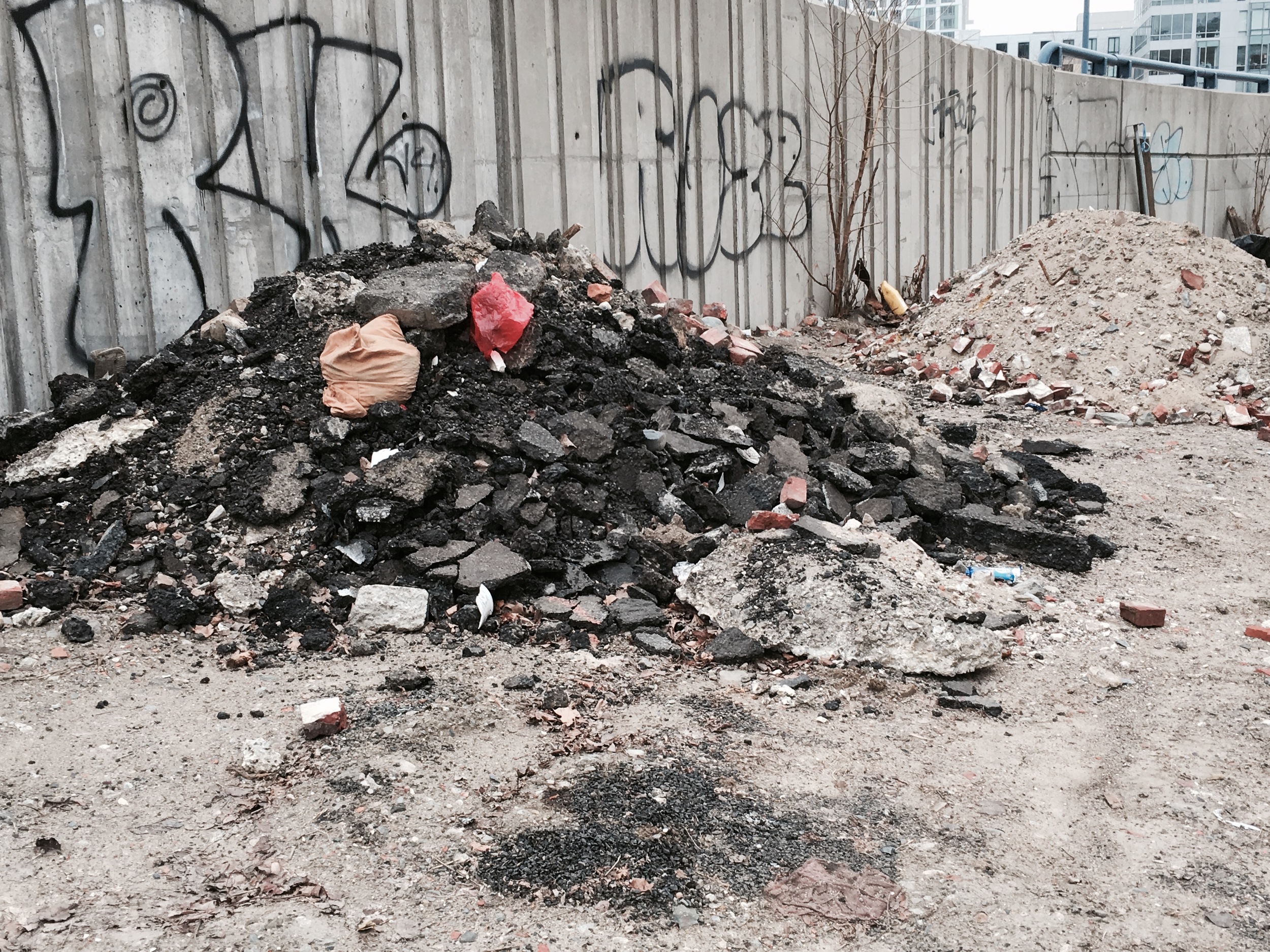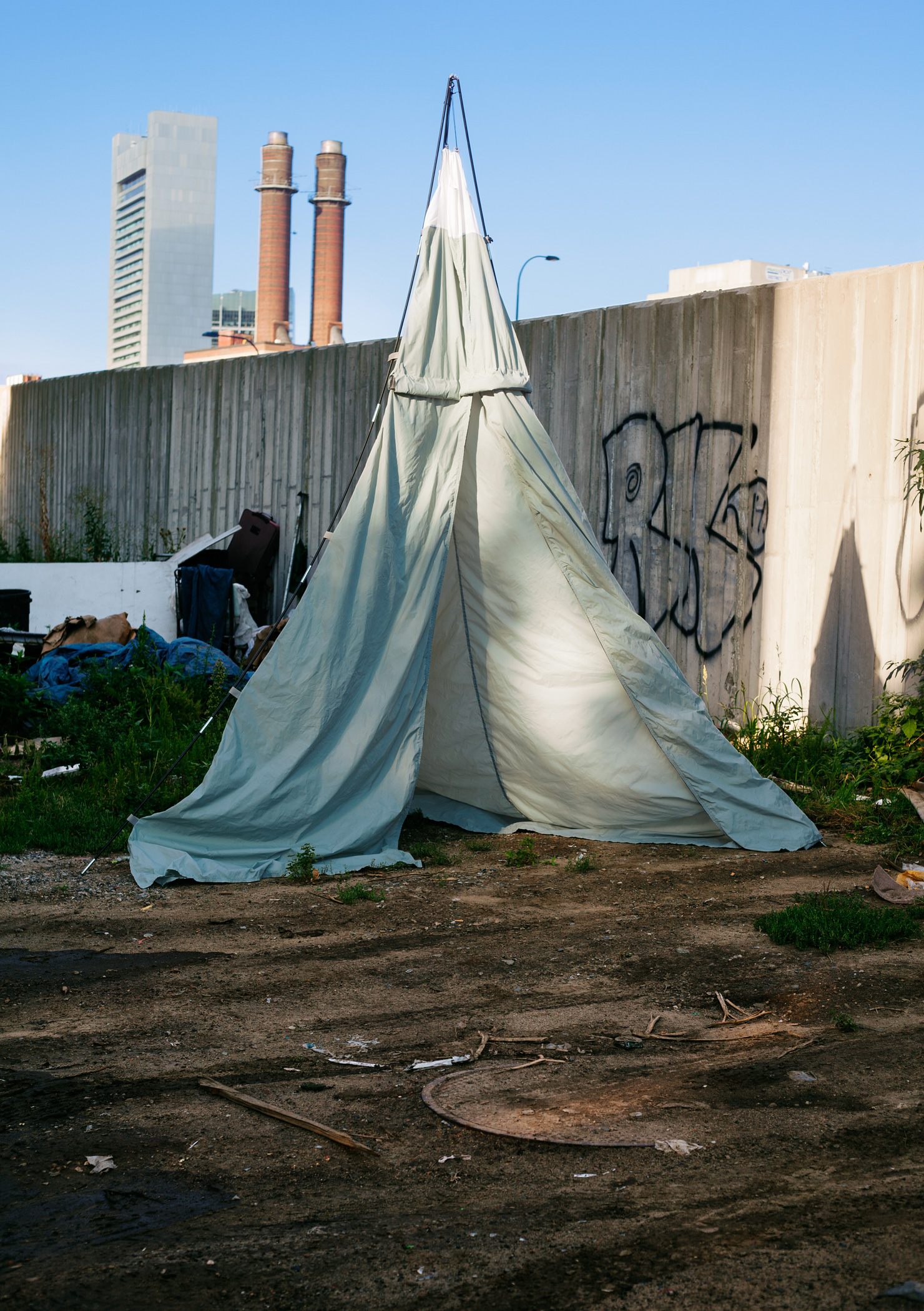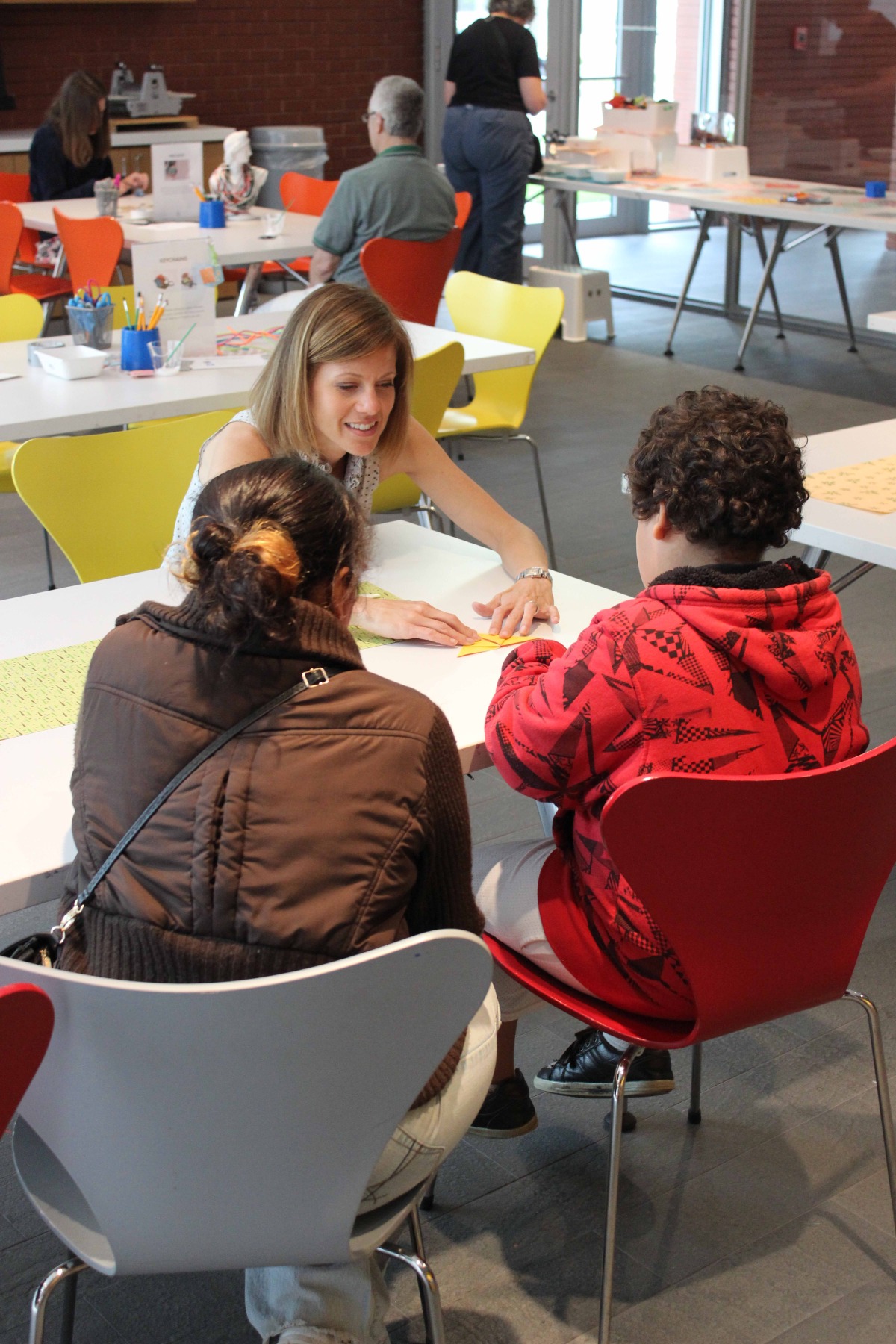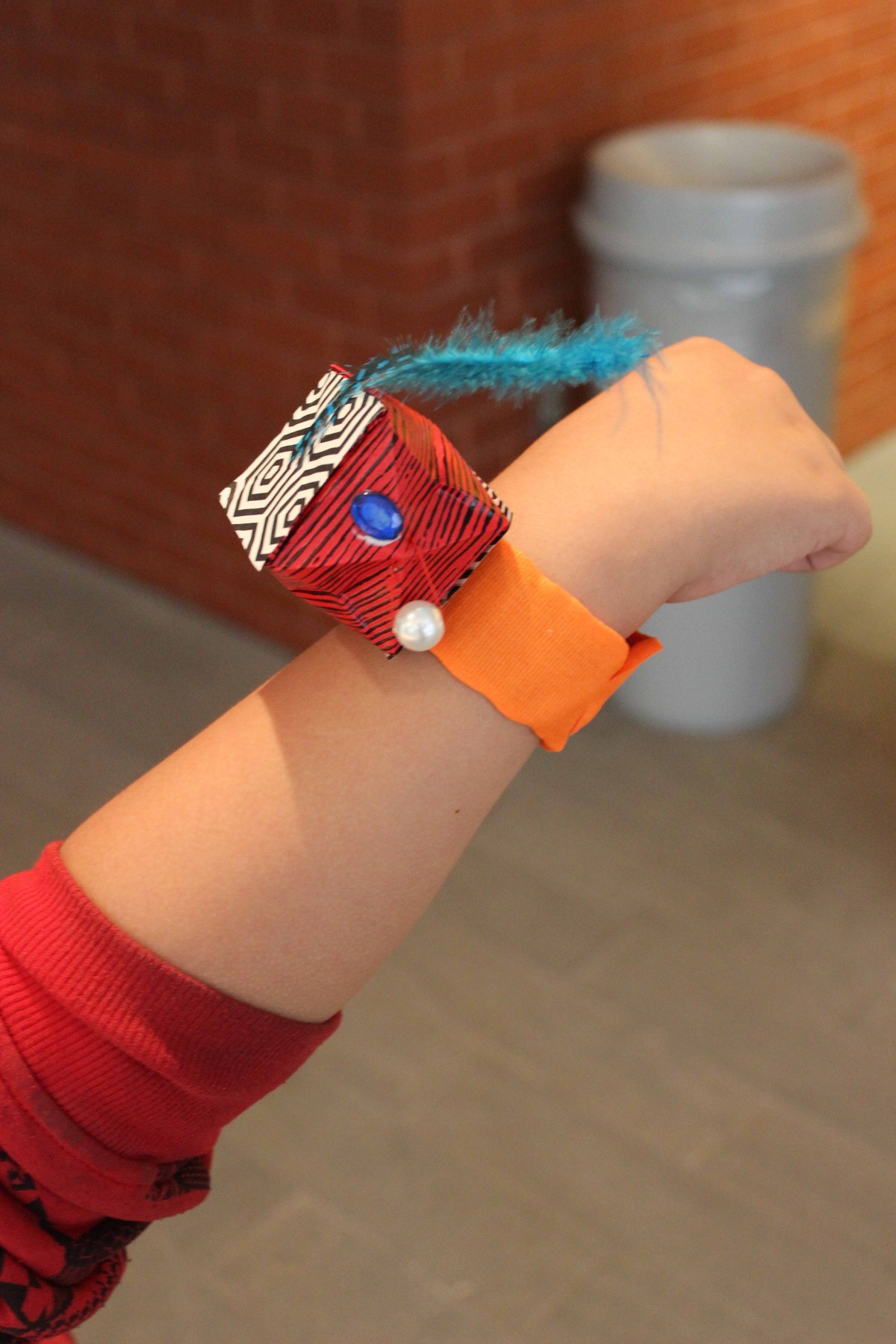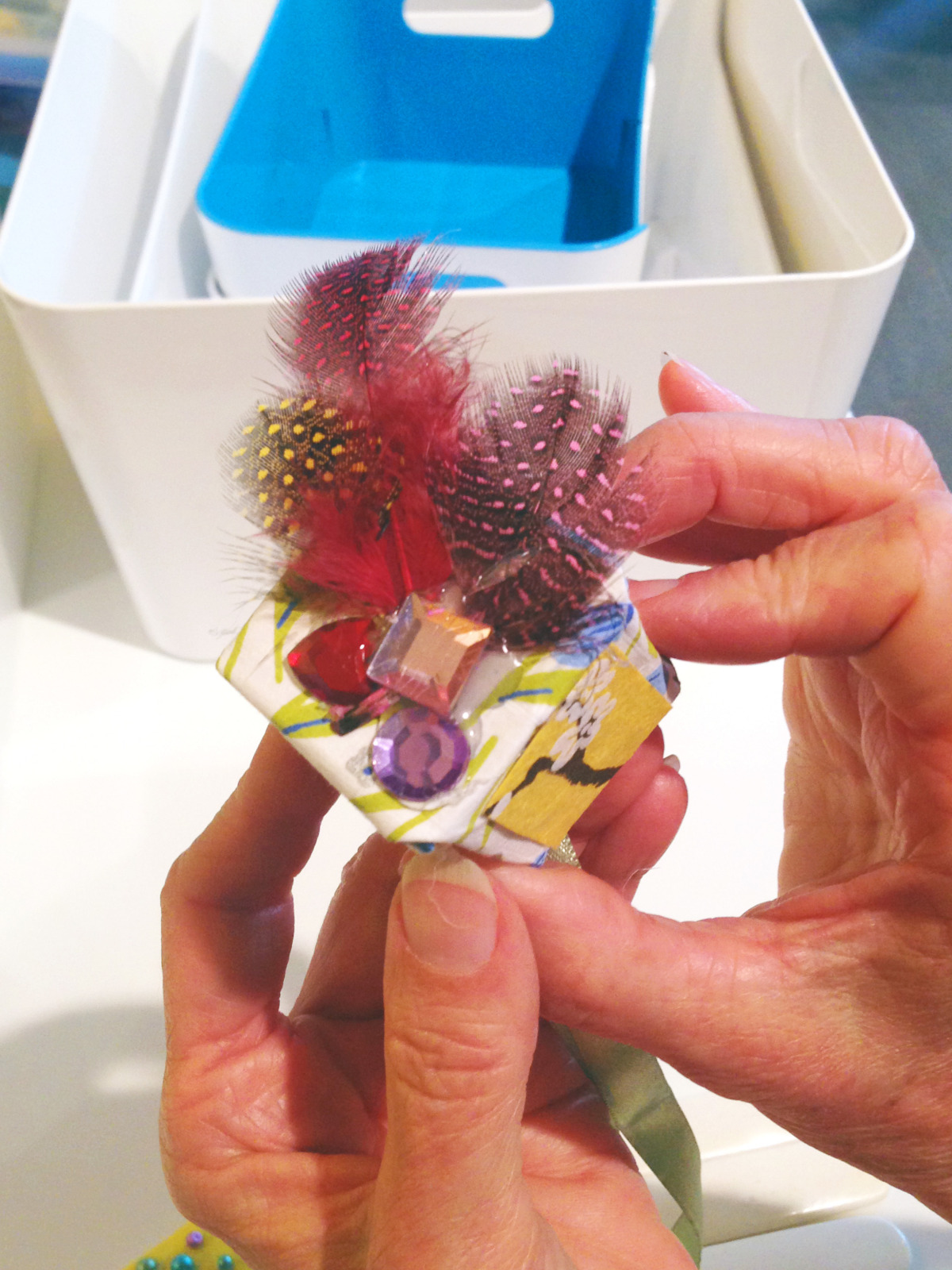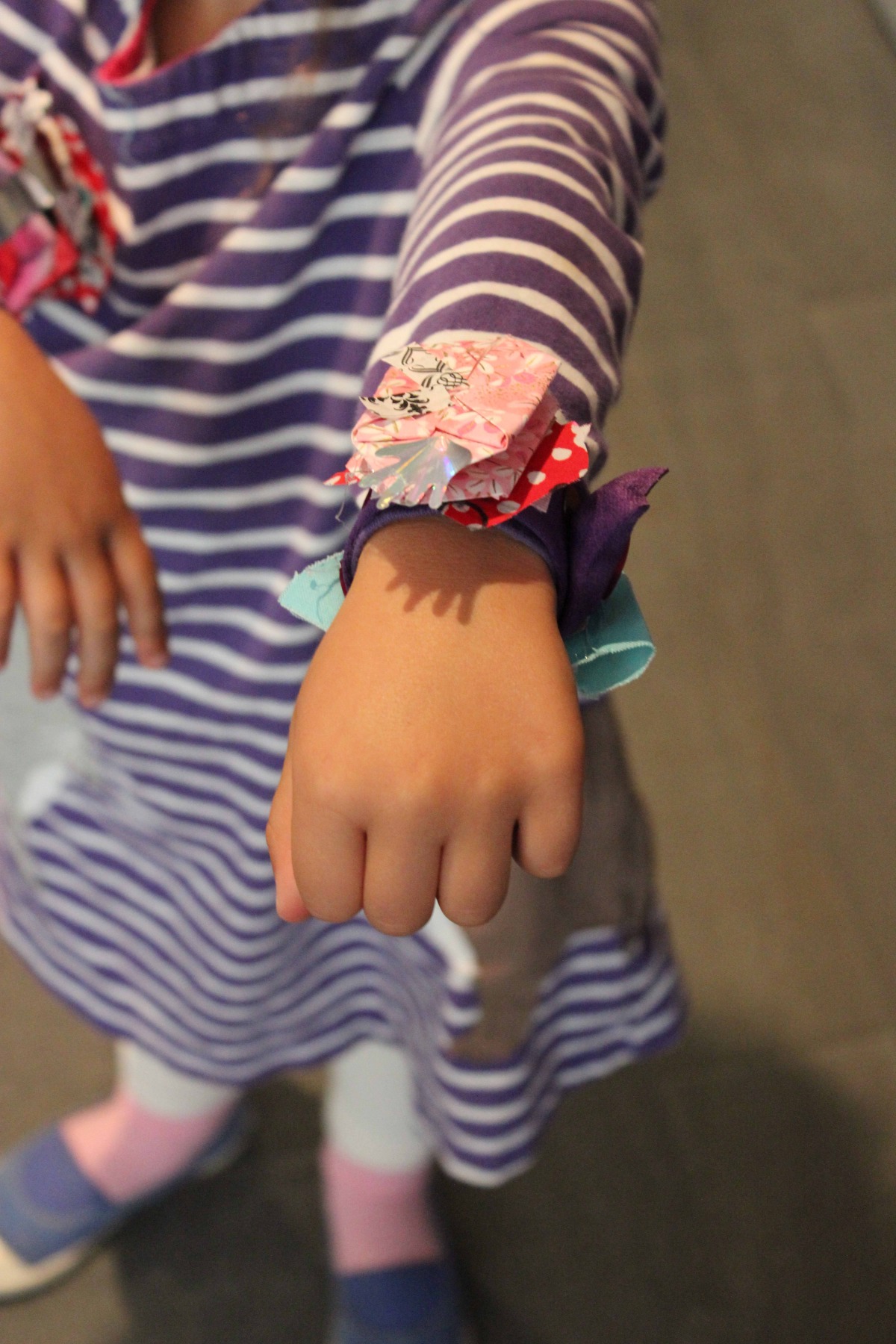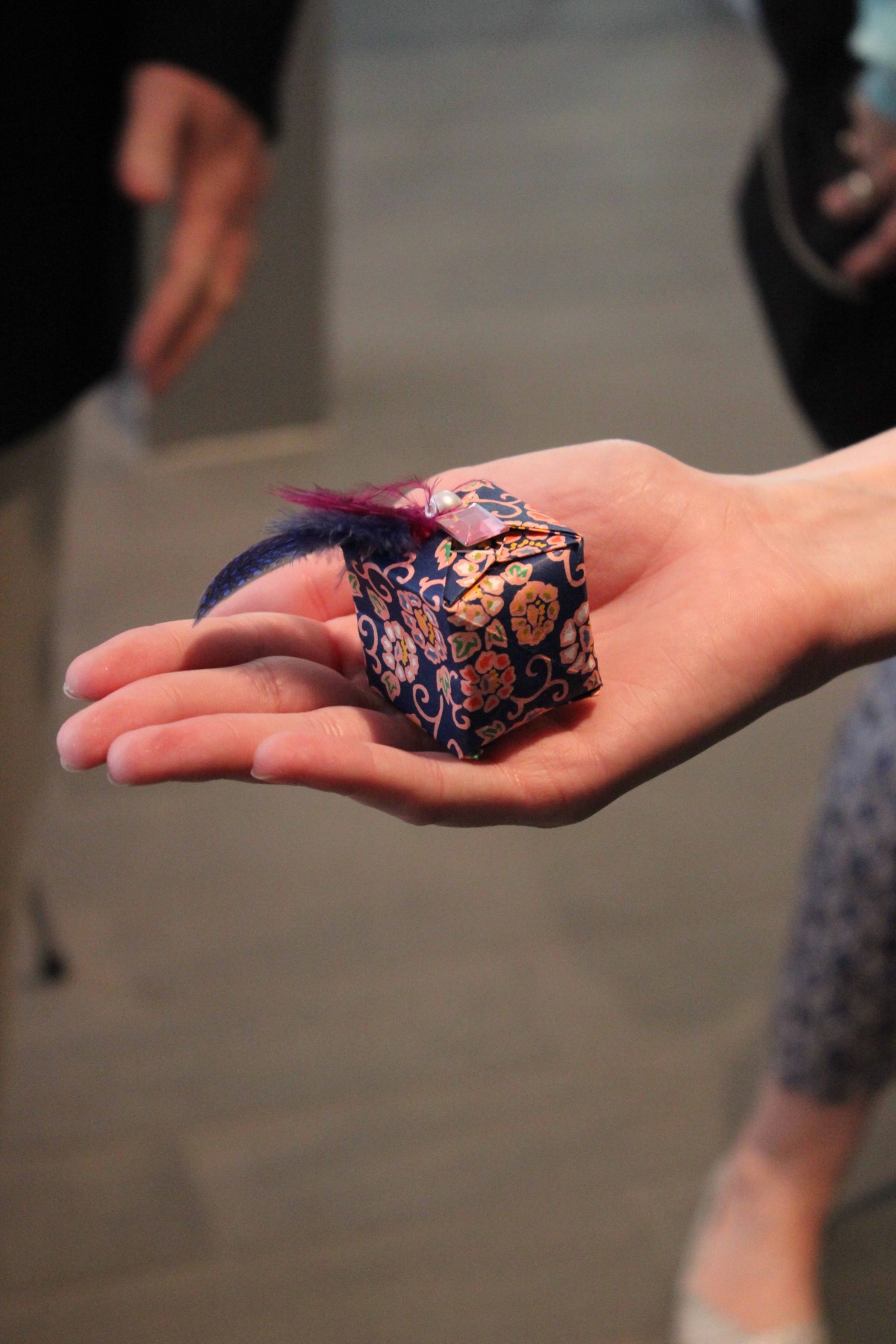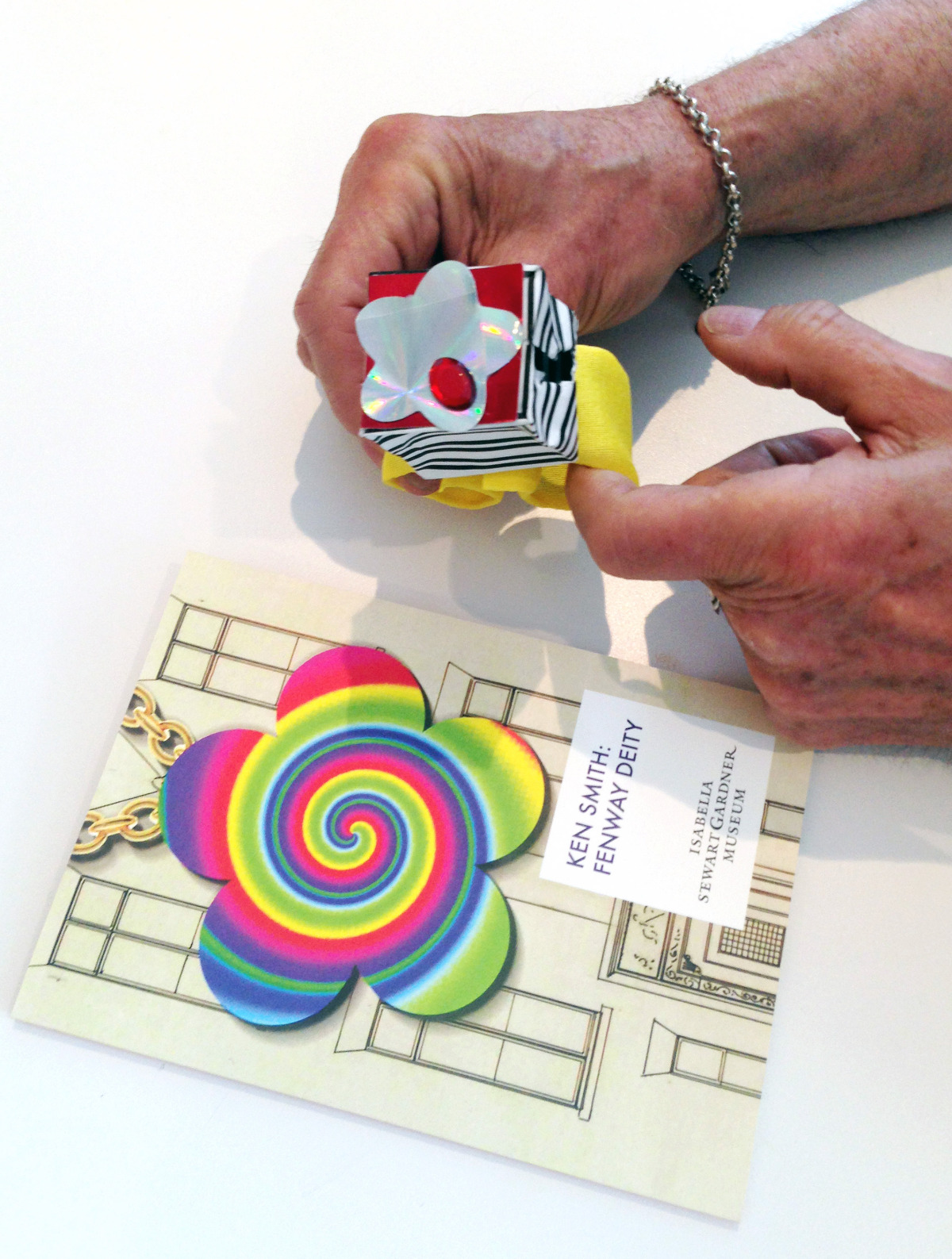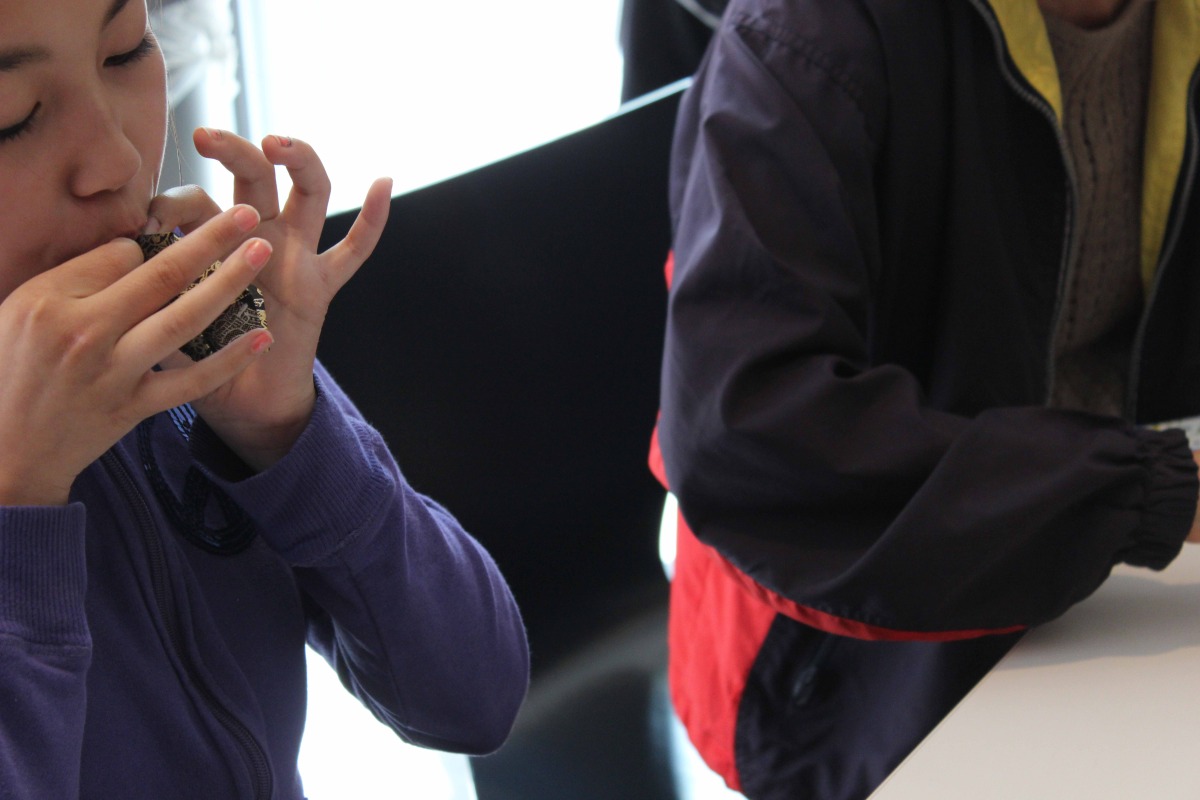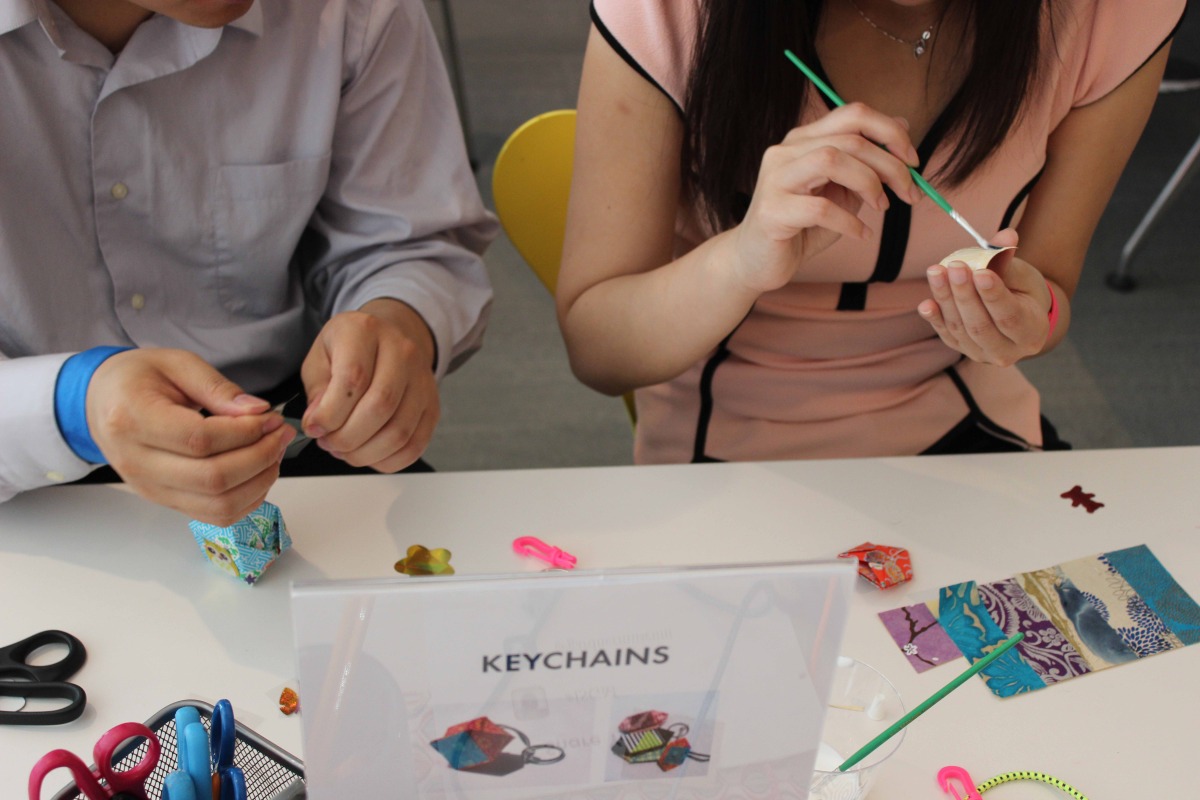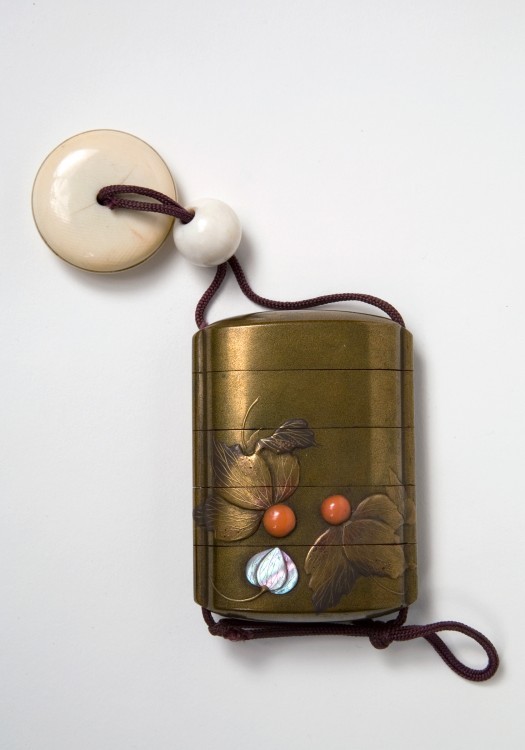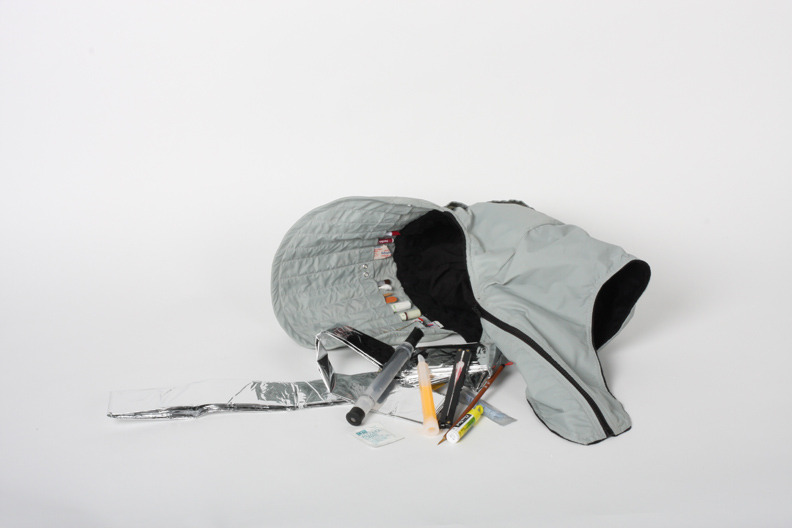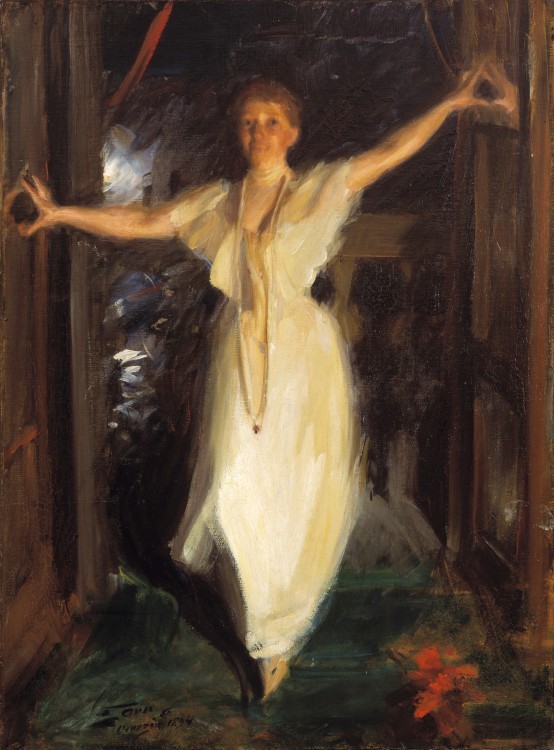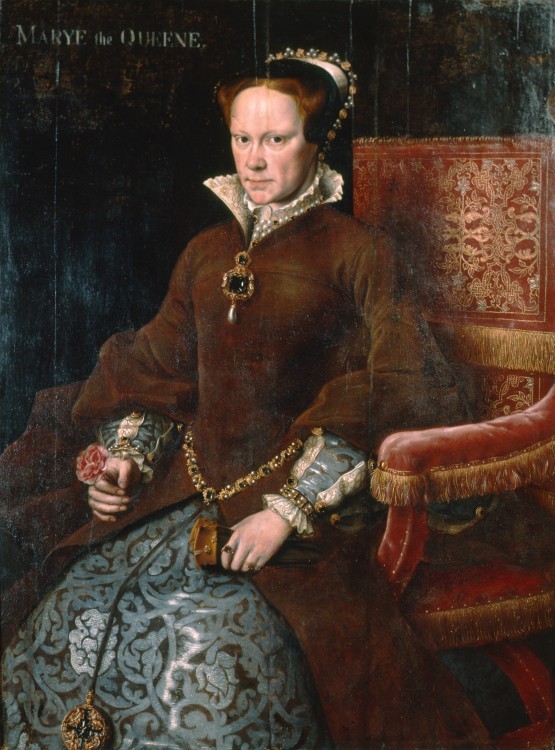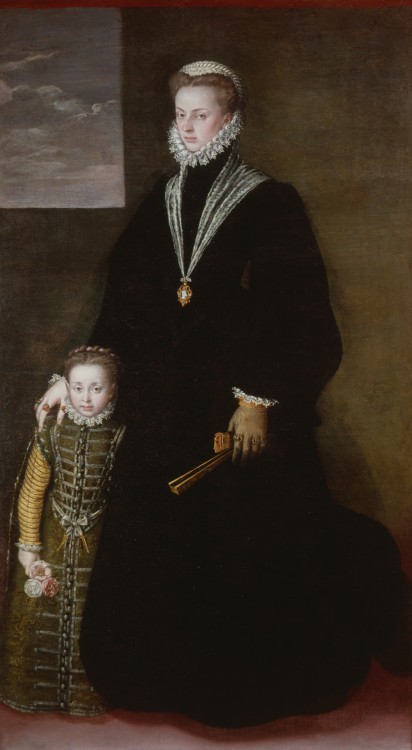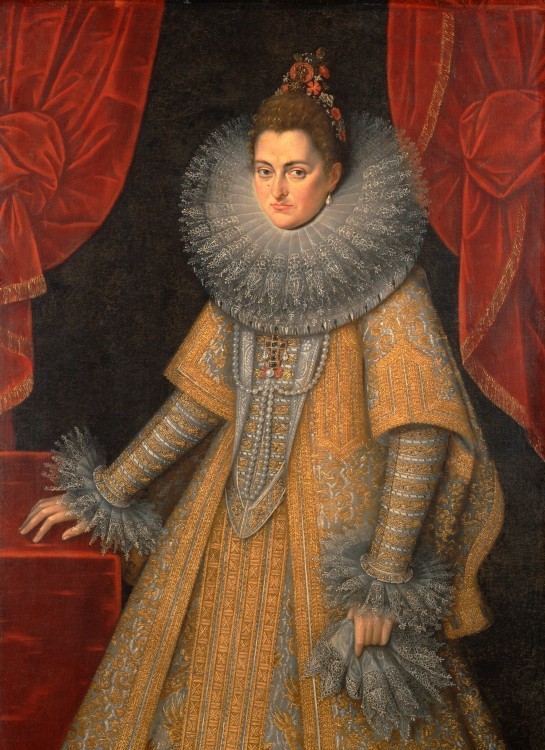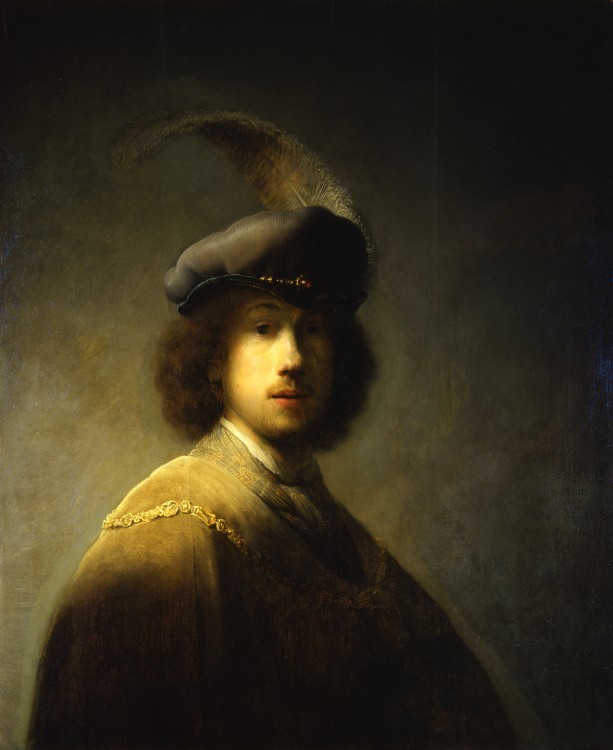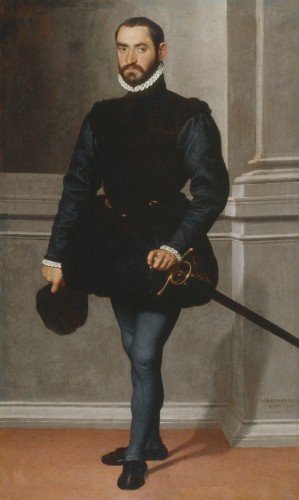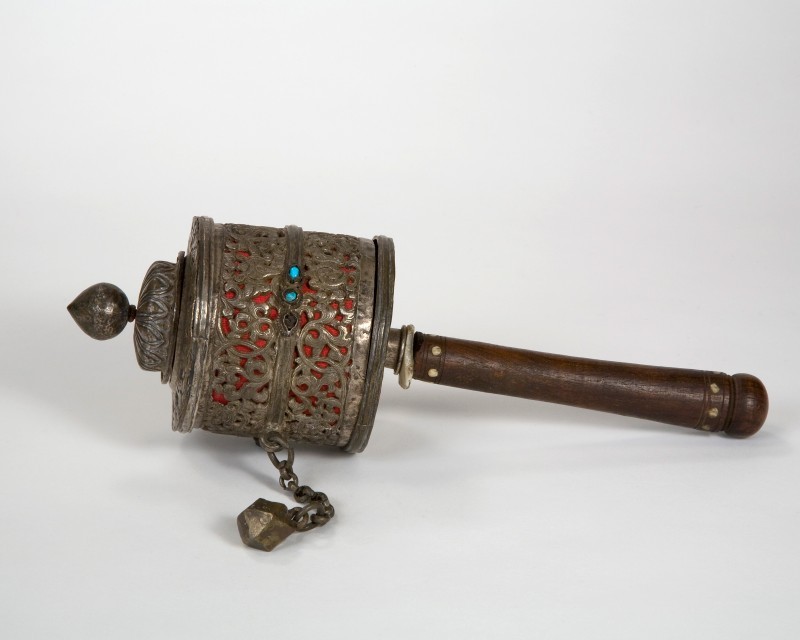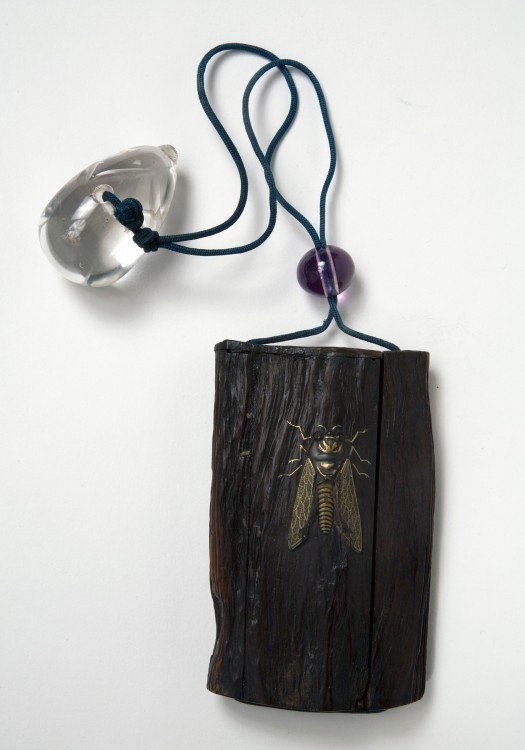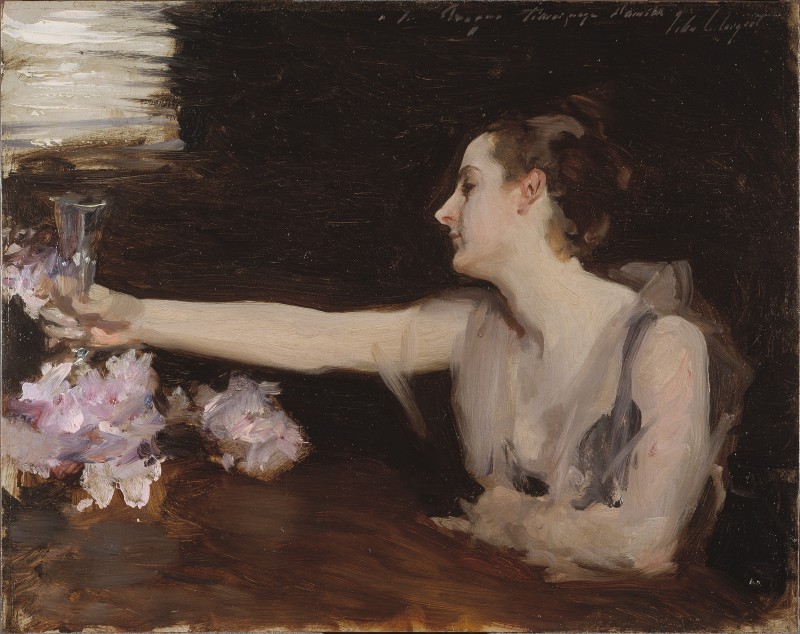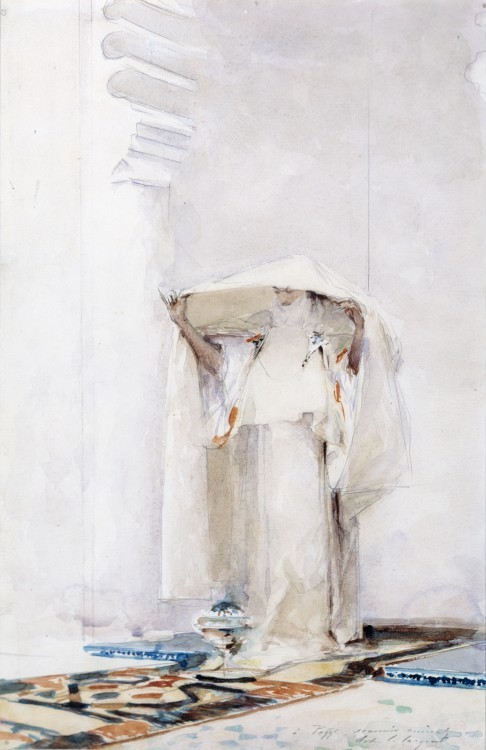Profile by Leah Triplett Harrington for Big Red and Shiny
In college, she studied painting. She had wanted to be a writer. Her father was a writer. But in college, she transitioned from drawing fictions on a page to painting pictures onto canvases. She was committed to painting when she took a 3D course. She labored over soapstone sculptures, carving away at the surface. “You’re more of an additive than a subtractive,” her professor said.
She is Kate Gilbert, who, after twenty years in Boston, has ricocheted through every facet of the art community here. Currently a curator and director of Now and There, the public art non-profit who brought JR’s Inside Out Project to Boston last fall, Gilbert is an artist whose studio practice includes video, installation, performance, sculpture, and persistently, painting. Her practice and curatorial work are united in Gilbert’s enduring appreciation and fascination with art’s power when placed in public.
Read MoreI have just returned from the Gardner Museum where, from 1 to 3pm, I was the host of the Living Room – a project based on Lee Mingwei’s original artist-in-residence project from 1999.
It is a remarkably informal project. You show up with a few objects, put them on a table and then talk to people about the objects. But that’s the hard part, talking. Without a formal context, how does one strike up conversation in a serene space where people go to rest and get away? It’s easy on a crowded train or a doctor’s office where there’s a common injustice or suffering. Our only hardship is Whistler the singing canary whose energetic song at times gets a bit loud. There is no sign that reads, “Warning: a stranger may attempt to be intimate with you.”
I try multiple approaches.
Read MoreRecently I spoke with Boston sculptor Donna Dodson about sculpture, the characters in my work and my compulsive desire to collaborate.
In addition to being a fabulous administrator of public art as the director of the Boston-based non-profit organization Now + There, Kate Gilbert is a fabulous artist. From 2009 to 2011, her abstract work in painting took a turn toward sculpture when she started cutting the canvas to access the depth beyond the surface.
Her graduate work from 2012-2013 at the School of the Museum of Fine Arts, Boston led her to explore concepts of consumerism and high fashion with one-of-a-kind wearables: wristlets, vests, dresses, hoods and jackets that allude to anxiety, fear, protection and utility.
“Sculpture is the biggest umbrella of disciplines,” Gilbert said. “It incorporates objects, performance, installation, video, interactive and social practice.”
Collaboration is a big part of her studio practice. She has worked with many notable artists and curators, including Halsey Burgund and Mary Tinti. One of her recent shows, “Interdependence,” at Connecticut College, paired her work with the artist Abigail Anne Newbold. The two artists were working with analogous concepts and materials. The challenge in showing with another artist whose work was so similar was how to see one’s own work clearly and to imagine its future direction. They brought in Tinti (currently the curator of the Fitchburg Art Museum) to curate.
Read MoreI’m please to be part of the Isabella Stewart Gardner Museum’s new “Sanctuary Series” with a workshop of meditation and art making that provides a unique experience within the museum’s collection and provides tools for synthesizing the barrage of mass media imagery that fills our daily lives.
“Inner Chamber”, part of the Gardner’s Sanctuary Series
Sunday, March 6, 2:30-4pm
Register in advance.
As a young child I was “diagnosed” as having an over active imagination. This was my parents way of soothing me back to sleep after a particularly realistic nightmare in which the Pink Panther stalked me while his theme song played. This “superpower” as I now like to see it, the ability to imagine what isn’t there, is closely correlated with imagining what could happen or what is to come in the future. It is the power of imagination. And when not harnessed properly it can lead to useless worry.
It is also the power of empathy.
After learning to recognize the difference between dreams and reality I next had to content with the nagging worry about what could happen in real life – especially when it came to human suffering.
Read More
